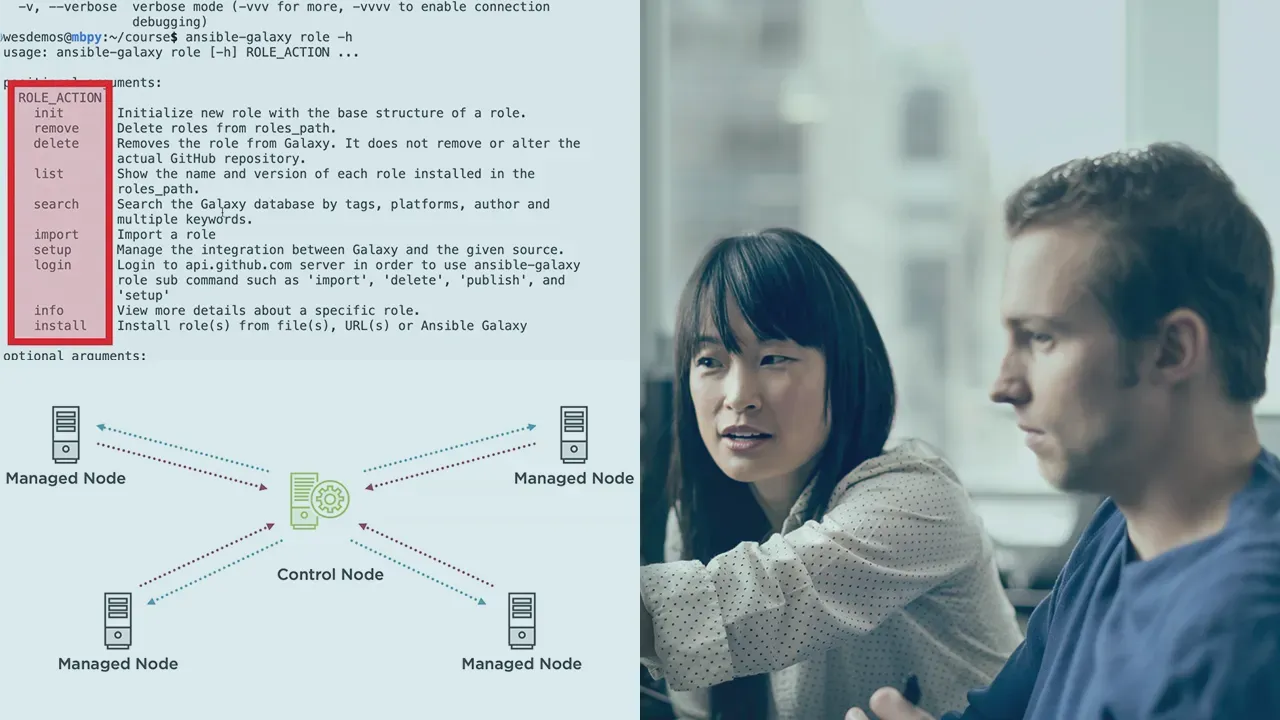
Getting started with Ansible

Get a comprehensive overview of Getting Started with Ansible▼
Course Feature
![]() Cost:
Cost:
Free Trial
![]() Provider:
Provider:
Pluralsight
![]() Certificate:
Certificate:
Paid Certification
![]() Language:
Language:
English
![]() Start Date:
Start Date:
On-Demand
Course Overview
❗The content presented here is sourced directly from Pluralsight platform. For comprehensive course details, including enrollment information, simply click on the 'Go to class' link on our website.
Updated in [February 21st, 2023]
Course Overview:
Getting Started with Ansible is a comprehensive course designed to teach you the fundamentals of Ansible and how to use it to automate your IT infrastructure. You will learn how to install and configure Ansible, use the ansible Ad-hoc command line tool to execute one-off modules, compose playbooks of modules to build up larger configurations, use inventories to configure multiple machines, learn what you need to know when you need to know it, swap out Ansible's default usage of SSH via connection plugins, use the ansible-pull command to invert Ansible's default push model, and reuse Ansible Galaxy roles and collections.
Why Learn:
Learning Ansible is a great way to save time and effort when configuring and managing your IT infrastructure. With Ansible, you can quickly and reliably configure just about anything, from single aspects of a system to multiple machines, and even entire virtual machine learning labs. You can also use Ansible to automate complex tasks, such as deploying applications, configuring networks, and managing users.
Development Paths:
Getting Started with Ansible is the perfect starting point for anyone looking to learn Ansible. After completing this course, you can continue your learning journey by exploring more advanced topics, such as Ansible Tower, Ansible Vault, and Ansible Galaxy. You can also explore other automation tools, such as Puppet, Chef, and SaltStack.
Related Learning Suggestions:
If you are looking to learn more about Ansible, consider taking the following courses: Ansible Tower, Ansible Vault, and Ansible Galaxy. You can also explore other automation tools, such as Puppet, Chef, and SaltStack. Additionally, you can learn more about system administration, networking, and virtualization to further your understanding of Ansible and its capabilities.
Course Provider





